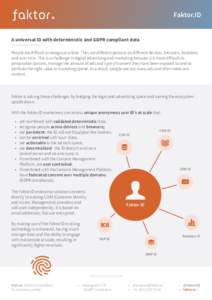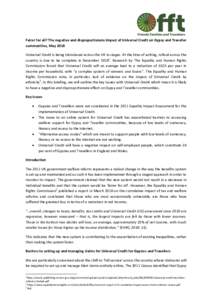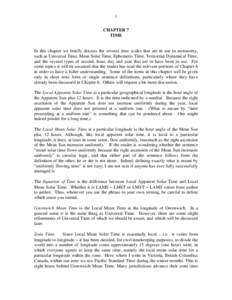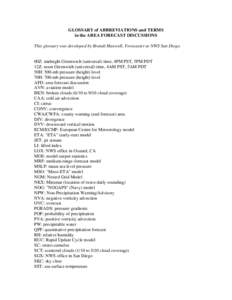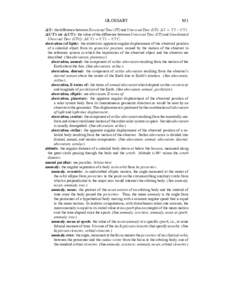<--- Back to Details
| First Page | Document Content | |
|---|---|---|
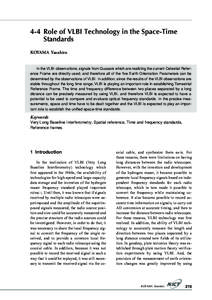 Date: 2013-11-21 20:58:03Technology Very Long Baseline Interferometry Universal Time Earth Orientation Parameters Atomic clock Satellite laser ranging Radio astronomy International Earth Rotation and Reference Systems Service International Terrestrial Reference System Geodesy Measurement Cartography |
Add to Reading List |
 4-4 Role of VLBI Technology in the Space-Time Standards KOYAMA Yasuhiro In the VLBI observations, signals from Quasars which are realizing the current Celestial Reference Frame are directly used, and therefore all of the
4-4 Role of VLBI Technology in the Space-Time Standards KOYAMA Yasuhiro In the VLBI observations, signals from Quasars which are realizing the current Celestial Reference Frame are directly used, and therefore all of the